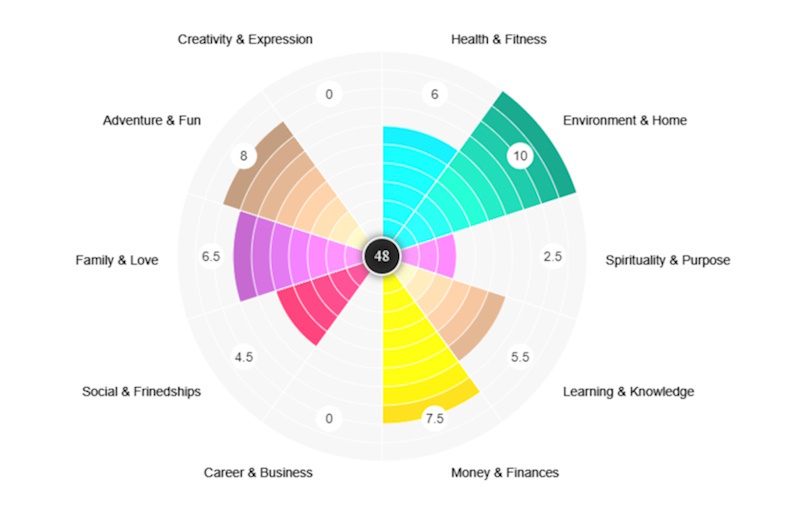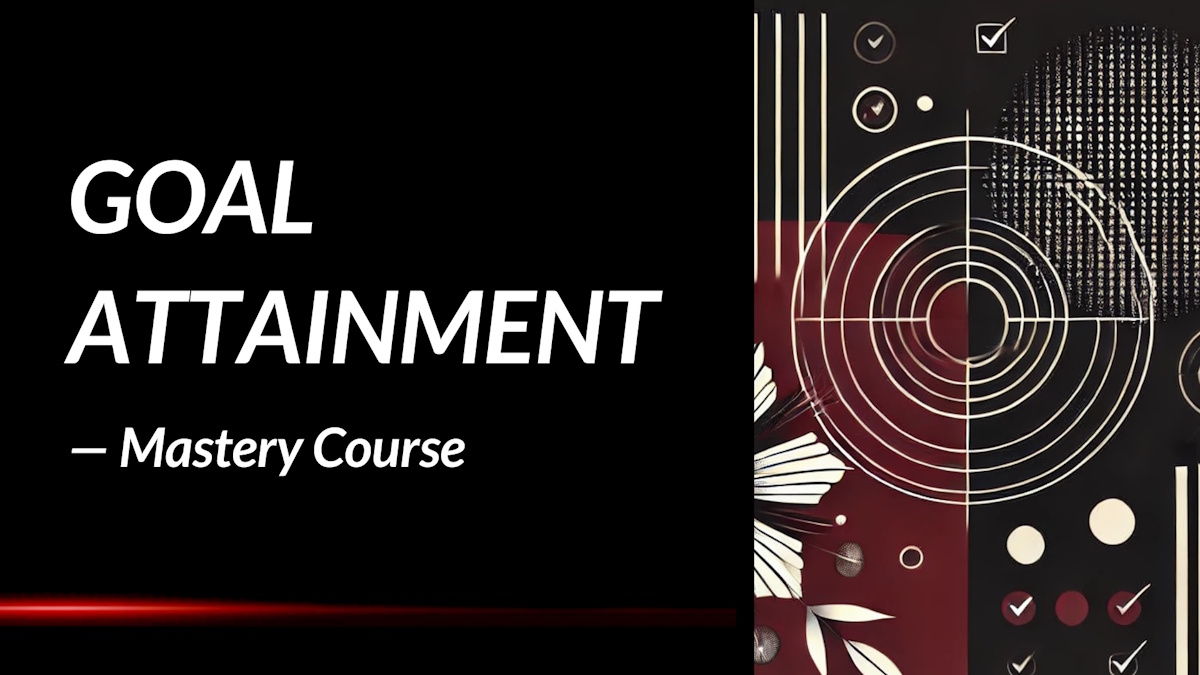The Fine Art of Small Talk: Summary Review
What if mastering the art of small talk could unlock doors to deeper connections, career opportunities, and personal growth? In The Fine Art of Small Talk, Debra Fine offers a transformative guide to turning everyday conversations into meaningful interactions that leave lasting impressions.
What is the Book About?
The Fine Art of Small Talk is a practical handbook designed to help readers confidently navigate social interactions, whether at networking events, business meetings, or casual gatherings. Debra Fine, once a self-proclaimed introvert, shares her journey of overcoming conversational anxiety and provides readers with actionable strategies to initiate, sustain, and gracefully exit conversations. The book emphasizes that small talk is not just idle chatter but a vital tool for building relationships and seizing opportunities.
Through real-life examples and conversational "cheat sheets," Fine demystifies the process of engaging with others, offering tips on remembering names, reading body language, and asking open-ended questions. Her approachable style and relatable anecdotes make the book an accessible resource for anyone looking to enhance their communication skills and build confidence in social settings.
Book Details
Print length: 202 pages
Language: English
Publication date: February 7, 2023
Genre: Self-help / Communication
Book Author
Core Theme
At its core, The Fine Art of Small Talk emphasizes that effective communication is a skill that can be learned and refined. Fine challenges the notion that small talk is superficial, arguing instead that it's a gateway to deeper connections and opportunities. By providing practical tools and techniques, she empowers readers to approach conversations with confidence and authenticity.
The book also highlights the importance of active listening and genuine interest in others. Fine encourages readers to move beyond scripted dialogues and engage in meaningful exchanges that foster trust and rapport. Her insights are particularly valuable for those looking to enhance their personal and professional relationships through improved communication.
Main Lessons
A few impactful summary lessons from The Fine Art of Small Talk:
1. Small talk opens doors to meaningful connections
Many people dismiss small talk as trivial, but its value lies beneath the surface. Engaging in light, casual conversation paves the way for deeper discussions and stronger relationships. It creates comfort and familiarity, fostering an environment where more profound connections can naturally develop. Without small talk, conversations often struggle to progress, and potential bonds remain stagnant. Like a bridge between strangers, small talk enables individuals to move from distant acquaintances to trusted friends, making it a crucial social skill in both personal and professional settings.
2. Prepare icebreakers to ease initial conversations
Walking into a room full of unfamiliar faces can be intimidating, but being armed with prepared conversation starters transforms anxiety into confidence. Whether in a business context or casual social setting, having thoughtful questions ready allows you to effortlessly initiate dialogue. Topics such as work challenges, travel experiences, and hobbies are excellent gateways into meaningful exchanges. When words fail mid-conversation, referring to your mental list or notes can seamlessly reignite the flow. Preparedness ensures that you never find yourself grasping for words, turning awkward silences into engaging discussions.
3. Use names to create instant rapport and connection
Remembering and using someone’s name during conversation instantly personalizes the interaction and makes the other person feel valued. It signals attentiveness and respect, indicating that you see them as more than just a face in the crowd. By asking for and repeating names, you embed them into your memory, deepening the connection with each mention. However, caution is essential; avoid nicknames unless invited, as missteps here can create discomfort. Calling people by the name they introduced themselves with reinforces friendliness and builds a foundation of mutual respect.
4. Spot approachable individuals to start conversations smoothly
In any social setting, reading the room is an invaluable skill. Identifying individuals who make eye contact or are disengaged from group conversations offers the perfect opportunity to initiate interaction. Those absorbed in their phones or sitting alone often welcome connection, and approaching them can be less daunting than interrupting established groups. Choosing the right person to speak with can ease the anxiety of starting a conversation and often results in a more receptive and rewarding exchange.
5. Join existing conversations with tact and confidence
Breaking into ongoing discussions requires sensitivity and timing. Whether waiting for a natural pause or politely addressing the person you'd like to speak with, your approach should be graceful and respectful. Declaring your intention to connect shows confidence without being intrusive, and even if immediate engagement doesn’t occur, your effort will be noted. By signaling interest while respecting boundaries, you position yourself as considerate and socially aware, which increases the chances of a meaningful interaction later on.
6. Ask open-ended questions to fuel dynamic conversations
Conversations thrive on depth and detail, which are stifled by yes-or-no questions. Open-ended queries invite the other person to share stories, thoughts, and experiences, creating an engaging and lively dialogue. By focusing on topics like motivations, feelings, and experiences, you demonstrate genuine interest and allow discussions to evolve naturally. Observing cues from surroundings — like clothing, decor, or behavior — offers endless prompts for deeper inquiry, ensuring that conversations remain rich and stimulating.
7. Listen actively to show genuine interest and build trust
True connection is impossible without attentive listening. Maintaining eye contact, offering verbal affirmations, and refraining from distracting gestures signal that you are fully present. When you respond thoughtfully and ask clarifying or empathetic questions, you validate the speaker's thoughts and feelings. This approach not only strengthens the conversation but also fosters trust and mutual respect. Active listening transforms superficial exchanges into heartfelt dialogues, bridging the gap between mere acquaintances and lasting connections.
8. Prepare jumpstarters to rescue stalled conversations
Awkward silences can freeze even the most seasoned conversationalists, but preparation is the key to overcoming them. Having a mental library of jumpstarters ensures that you can quickly revive lagging discussions. Questions framed around family, occupation, recreation, and miscellaneous topics (FORM) are reliable lifelines. However, it is equally important to avoid sensitive or inappropriate topics that may alienate your conversation partner. Equipped with versatile and thoughtful prompts, you can gracefully navigate through lulls and keep the dialogue flowing effortlessly.
9. Avoid conversation crimes that hinder meaningful exchanges
Certain behaviors, often unconscious, can derail conversations and create discomfort. From monopolizing the dialogue and one-upping to unsolicited advice and bragging, these "conversation crimes" stifle the natural flow and alienate others. Recognizing these tendencies in yourself and others allows you to steer conversations back to balance. By fostering inclusivity, redirecting attention when needed, and refraining from dominating or belittling remarks, you nurture an environment where everyone feels heard and valued.
10. Exit conversations gracefully without offending others
Ending a conversation should be as smooth and respectful as starting one. Whether you need to connect with someone else or simply wish to move on, clarity and honesty are vital. Excusing yourself with legitimate reasons, seeking referrals to continue networking, or expressing a genuine desire to reconnect later all provide tactful exit strategies. Avoid abrupt or insincere departures, as they can leave negative impressions. A graceful exit leaves the door open for future interactions and ensures that you part on good terms.
11. Use thoughtful starters to navigate dating conversations
Conversations in dating scenarios carry their own nuances and challenges. Identifying shared interests and gently steering the discussion toward mutual passions can help foster chemistry and comfort. Icebreakers related to personal stories, hobbies, and favorite experiences create a light, relaxed atmosphere. Being prepared with engaging topics ensures that first dates flow naturally, helping both individuals ease into meaningful conversations. When you approach dating dialogues with curiosity and care, you build bridges that can lead to deeper connections.
Key Takeaways
Key summary takeaways from the book:
- Small talk is a learnable skill that can open doors to deeper relationships and opportunities.
- Asking open-ended questions encourages more engaging and meaningful conversations.
- Active listening and showing genuine interest are crucial for building rapport.
- Being prepared with conversation starters can alleviate anxiety in social situations.
- Gracefully exiting a conversation is as important as initiating one.
Book Strengths
The Fine Art of Small Talk stands out for its practical approach and relatable content. Readers appreciate Fine's straightforward advice, real-life examples, and actionable tips that make the art of conversation accessible to everyone. The book's structure allows readers to easily apply the concepts to various social scenarios, making it a valuable resource for both personal and professional development.
Who This Book Is For
This book is ideal for individuals seeking to improve their communication skills, whether they're introverts looking to overcome social anxiety or professionals aiming to enhance their networking abilities. It's also beneficial for anyone interested in building stronger personal relationships through effective conversation.
Why Should You Read This Book?
Reading The Fine Art of Small Talk equips you with the tools to navigate social interactions with ease and confidence. Fine's insights help demystify the process of engaging with others, making conversations more enjoyable and productive. Whether you're attending a networking event, meeting new people, or simply looking to improve your daily interactions, this book offers valuable guidance to help you connect more meaningfully with those around you.
Concluding Thoughts.
The Fine Art of Small Talk is more than just a guide to casual conversation; it's a roadmap to building meaningful connections in all areas of life. Debra Fine's approachable style and practical advice make the book an essential read for anyone looking to enhance their communication skills and enrich their personal and professional relationships.
By embracing the techniques outlined in the book, readers can transform their approach to social interactions, turning potential awkwardness into opportunities for connection and growth. Whether you're a seasoned conversationalist or someone who dreads small talk, this book offers valuable insights to help you engage with others more confidently and authentically.
→ Get the book on Amazon or discover more via the author's website or social channels (Instagram).
* The publisher and editor of this summary review made every effort to maintain information accuracy, including any published quotes, lessons, takeaways, or summary notes.
Chief Editor
 Tal Gur is an author, founder, and impact-driven entrepreneur at heart. After trading his daily grind for a life of his own daring design, he spent a decade pursuing 100 major life goals around the globe. His journey and most recent book, The Art of Fully Living, has led him to found Elevate Society.
Tal Gur is an author, founder, and impact-driven entrepreneur at heart. After trading his daily grind for a life of his own daring design, he spent a decade pursuing 100 major life goals around the globe. His journey and most recent book, The Art of Fully Living, has led him to found Elevate Society.

















